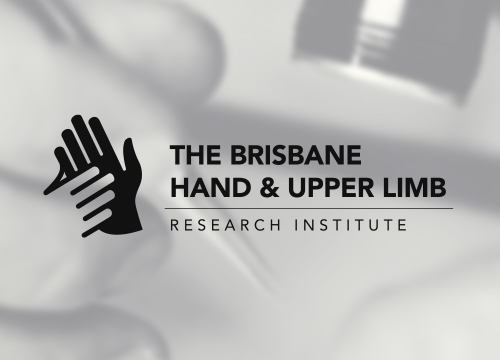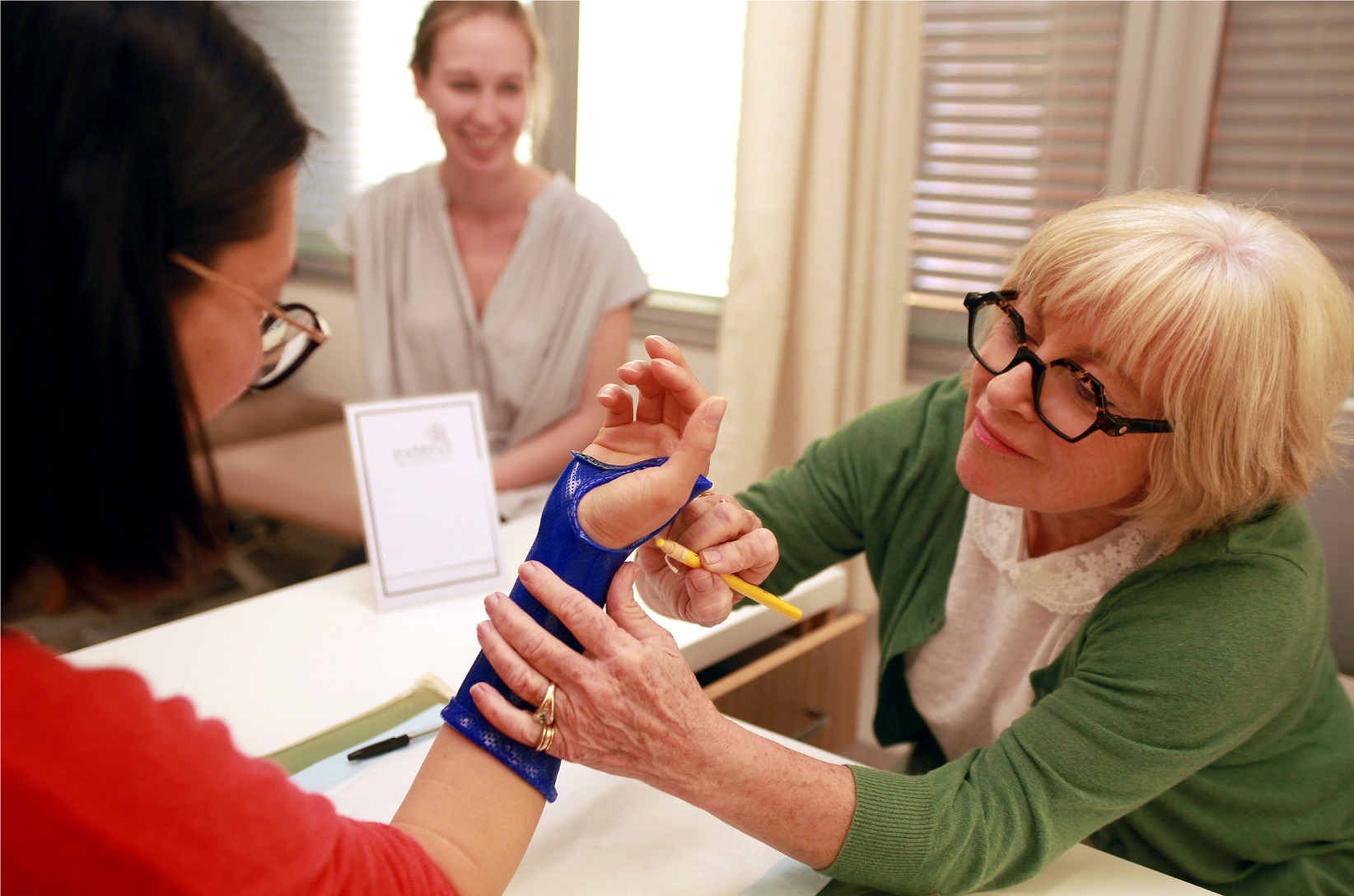Ross M, Andrews S, Al-Hakim W, Peters SE, and Couzens GB.
Journal of Wrist Surgery 2015; 4(S02):A003.
DOI: 10.1055/s-0035-1567895
Background: Scaphoid nonunion advanced collapse (SNAC), scapholunate advanced collapse (SLAC), and Kienböck disease are some of the most common pathologies to result in arthritis of the carpus in the younger patient with a relative high functional demand. An option for treatment is to perform a proximal row carpectomy combined with resurfacing of the capitate using a pyrocarbon implant (RCPI). The purpose of this study was to examine the short-term survivorship and clinical, patient-reported, and radiological outcomes of the RCPI.
Methods: This was a cross-sectional study of a consecutive cohort of patients at one private hand clinic in Brisbane, Queensland, Australia. Forty-one patients from 2004 to 2014 received an RCPI. 12 were lost to follow-up, leaving 29 patients for review. Nineteen were male. Mean age was 56 years (range 21–79). Mean follow-up was 35 months (range 6–113). Diagnoses were 15 SLAC wrists; 6 SNAC wrists; 5 osteoarthritis (OA) of uncertain origin; 3 Kienböck disease.
Results: There was one case of loosening on X-ray. However, this patient reported being satisfied with his outcome, and no decision to revise this implant has been made. There was no other evidence of malpositioning, subsidence, loosening, or perforation of the implant. Five patients in total were revised to pancarpal arthrodesis at a mean of 32.2 months. Three of these patients had a diagnosis of Kienböck disease. Mean pain visual analog scale was 30.5 /100 (range 0–78). Mean satisfaction VAS was 78.2 (range 19–100). Mean Patient Rated Wrist Evaluation (PRWE) was 36.7 (standard deviation 25.4).
Conclusions and Clinical Relevance: RCPI provides a safe and effective treatment for pain relief and improved functional use of the hand for SLAC and SNAC. Although all of the patients with Kienböck disease were revised (range 22–39 months), this may be a reasonable temporizing procedure for this condition.




